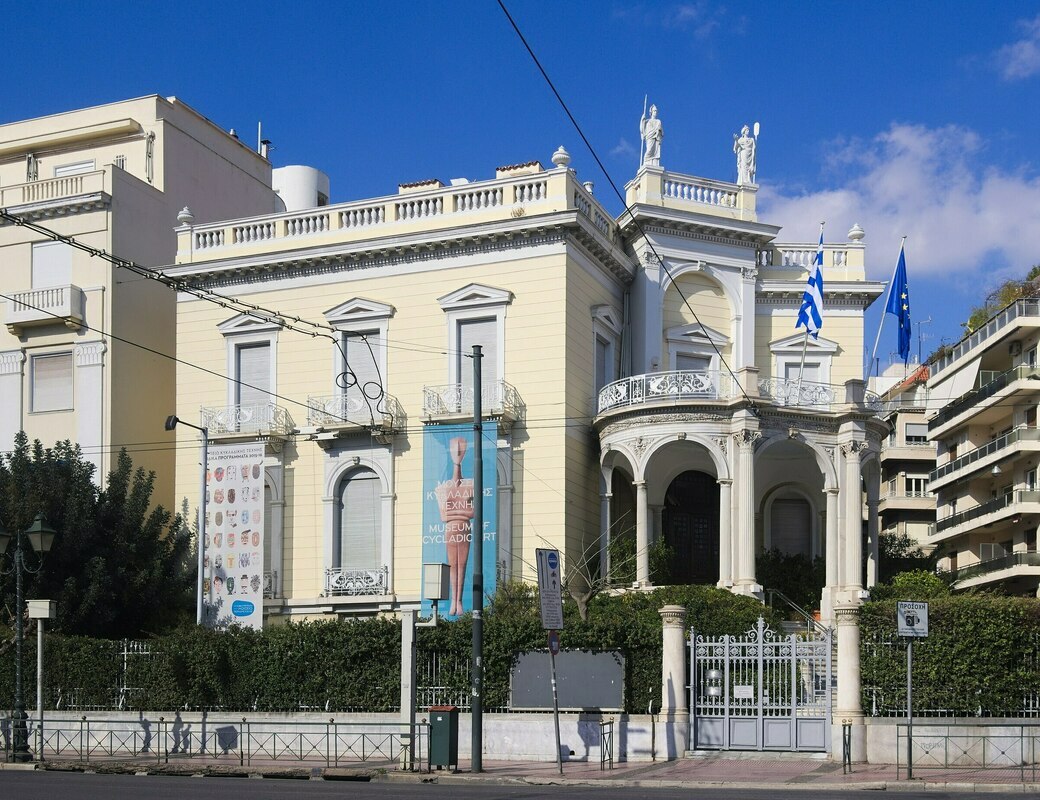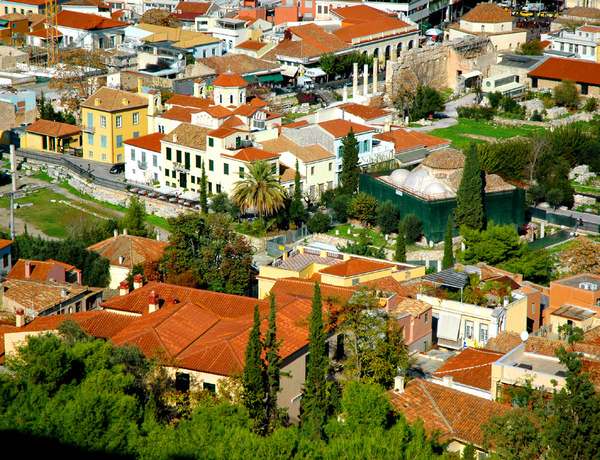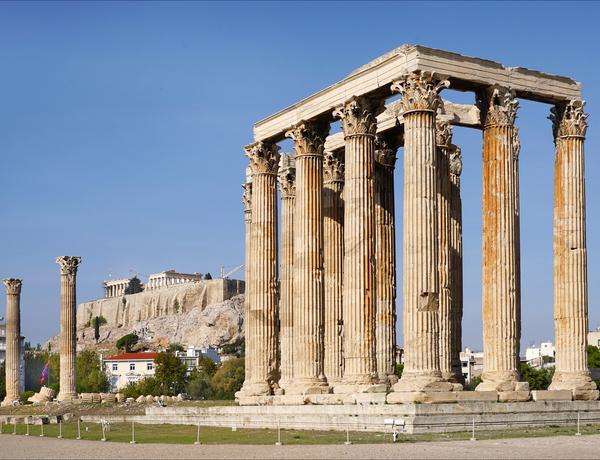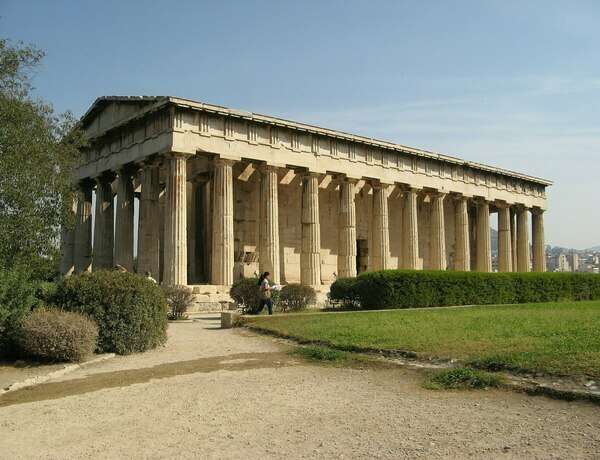
The Museum of Cycladic Art is a museum in Athens, Greece, dedicated to the art and culture of the Cycladic Islands in the Aegean Sea. It is located in the Kolonaki neighborhood of Athens, and is one of the city’s most popular cultural attractions.
The museum was founded in 1986 by the Greek art collector Nicholas Goulandris and his wife Dolly, who had amassed a large collection of ancient Cycladic artifacts. Today, the museum’s collection includes over 3,000 objects, spanning from the Neolithic period to the early Byzantine era.
The museum’s exhibits are organized thematically and chronologically, with displays covering the art, religion, and daily life of the Cycladic Islands. The collection includes a large number of marble figurines and vessels, as well as jewelry, weapons, and other artifacts. Notable pieces include the Harp Player figurine and the Spedos type figurines, which are considered some of the finest examples of Cycladic art.
In addition to its exhibits, the Museum of Cycladic Art also hosts a variety of cultural events, including lectures, workshops, and temporary exhibitions featuring contemporary art and other topics. There is also a gift shop and a café on site.
Overall, the Museum of Cycladic Art is an important institution for the study and appreciation of ancient Cycladic culture and art, and is a must-visit destination for anyone interested in the history and culture of Greece.
Website
cycladic.gr
cycladic.gr





